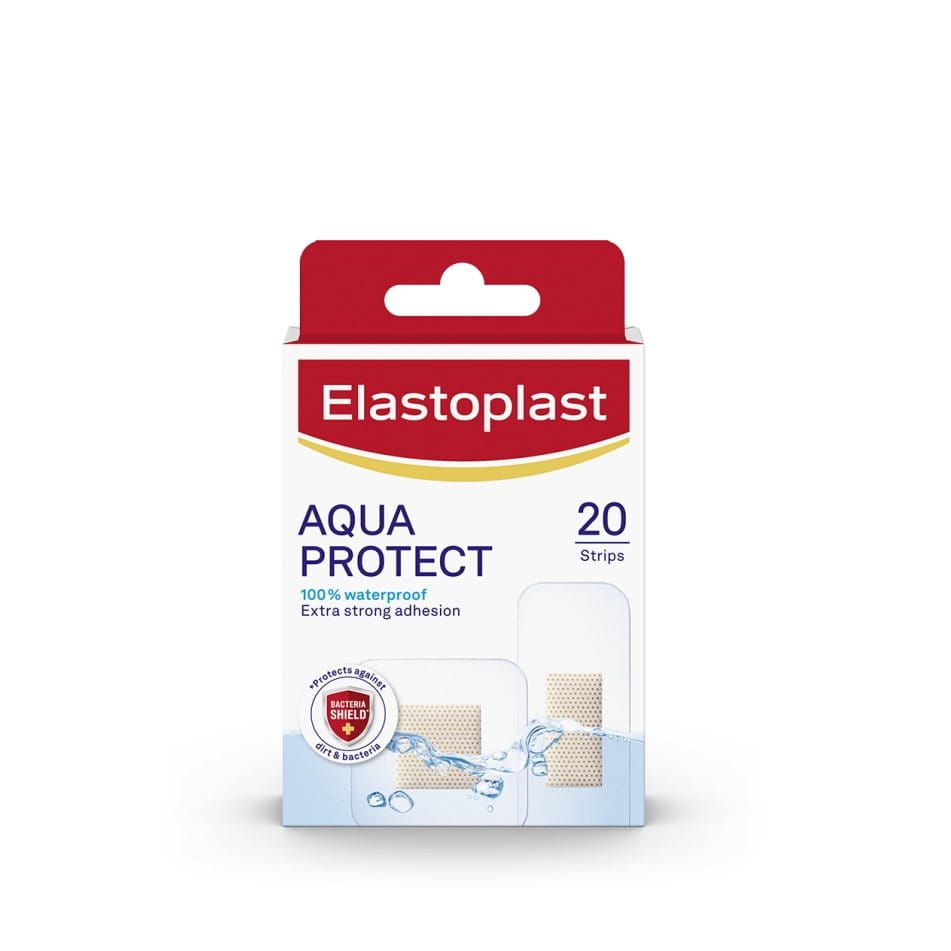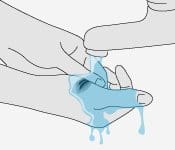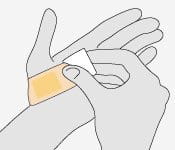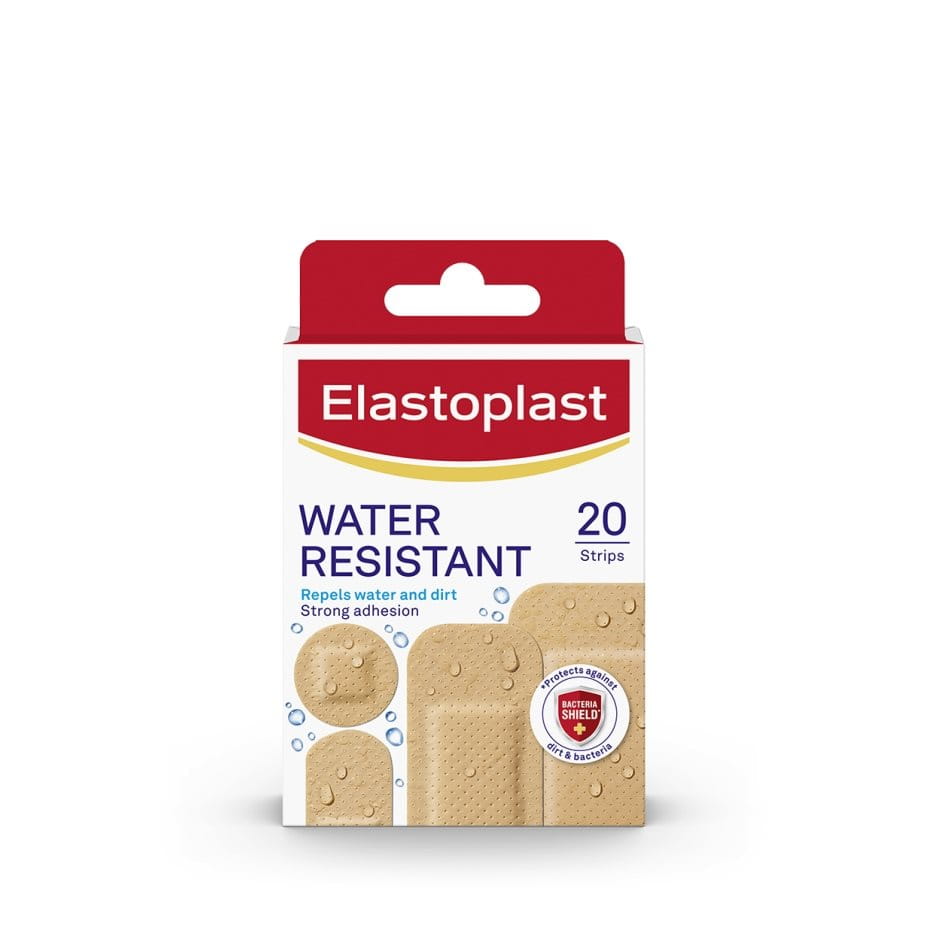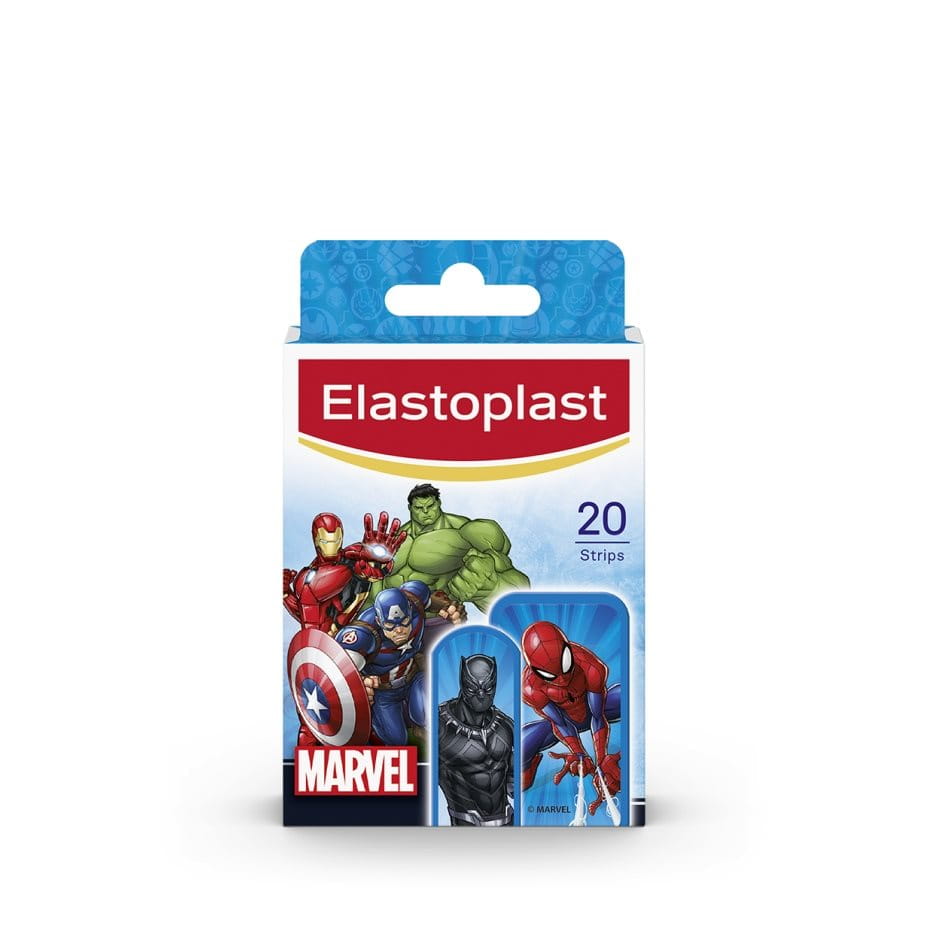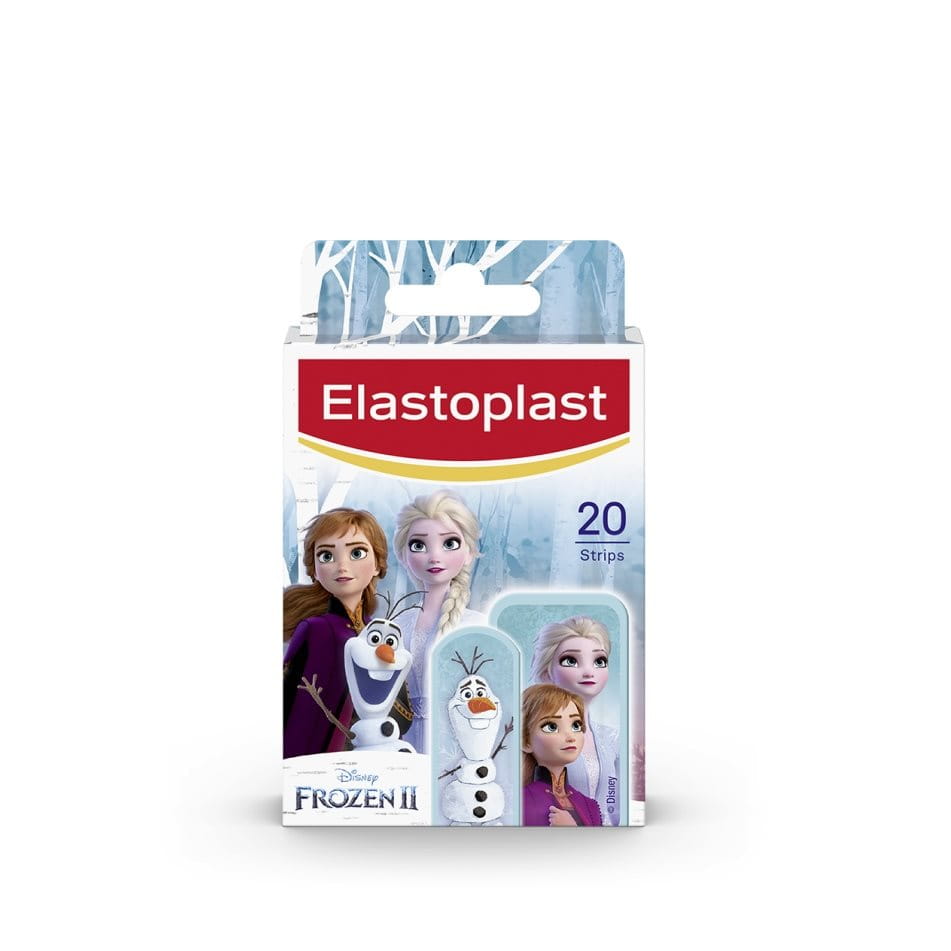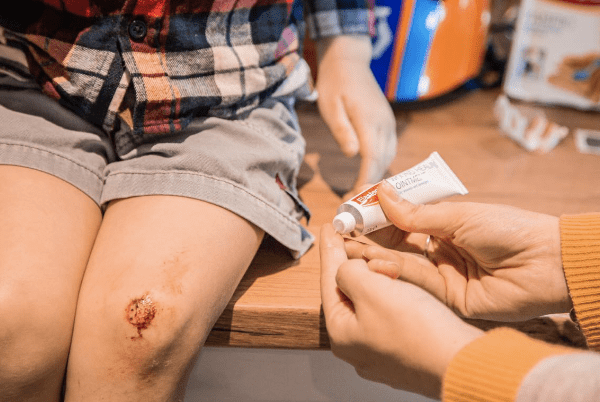Elastoplast Clear Plasters
Almost invisible & breathable
Transparent
Protects and cushions the wound
Hypoallergenic
Product Info
Clear Plasters
For the covering and protection of minor, everyday wounds such as scratches, cuts and grazes. The Elastoplast Clear Plasters are transparent and have a non stick pad which protects and cushions the wound. The microporus construction of the plaster allows the skin to breathe, as well as providing hypoallergenic support to those with sensitive skin.
How To Use
Ingredients
All Ingredients
The ingredients in our brand products are updated regularly. For this reason, occasionally there may be discrepancies between the ingredients on our website and on our product packaging. We therefore recommend that you always pay attention to the information on our product packaging and check the ingredients listed there.
| Product | Type | Size | Quantity | ||||
|---|---|---|---|---|---|---|---|
| Product: |
Clear Plasters |
Type: |
|
Size: |
19 x 72mm |
Quantity: |
20 pieces |
FAQ (4)
-
1. How often should I change my plaster?
Usually, it is recommended to change standard first aid dressings daily due to hygienic reasons. Some advanced plasters such as the Antibacterial Fabric Plasters that provide moist wound healing conditions are recommended to be left in place for up to two days or more in order to not interrupt the healing process. -
2. Is it better to let small wounds dry in the fresh air instead of putting on a plaster?
It is one of the biggest wound care myths that keeping minor cuts and grazes exposed to the air helps them to heal faster. Research shows that covered wounds heal more efficiently and have a reduced risk of infection. Elastoplast products provide protection until the wound is completely healed. -
3. When should I consult a doctor?
We recommend contacting a medical professional if:
- The wound is deep and causing major bleeding.
- The wound shows signs of infection such as redness, warmth, pain or swelling.
- There are embedded foreign objects in the wound.
- The wound is caused by an animal or human bite.
- The wound is in the area of the face.
- There is a fear of tetanus infection.
- You have any strange symptoms or are worried in any way.
-
4. What if my wound gets infected and produces pus?
You should contact a medical professional if you recognise signs of infection – not only pus, but also swelling, redness, heat, pain, itching or burning. In the case of infection, the wound will need special medical treatment.
